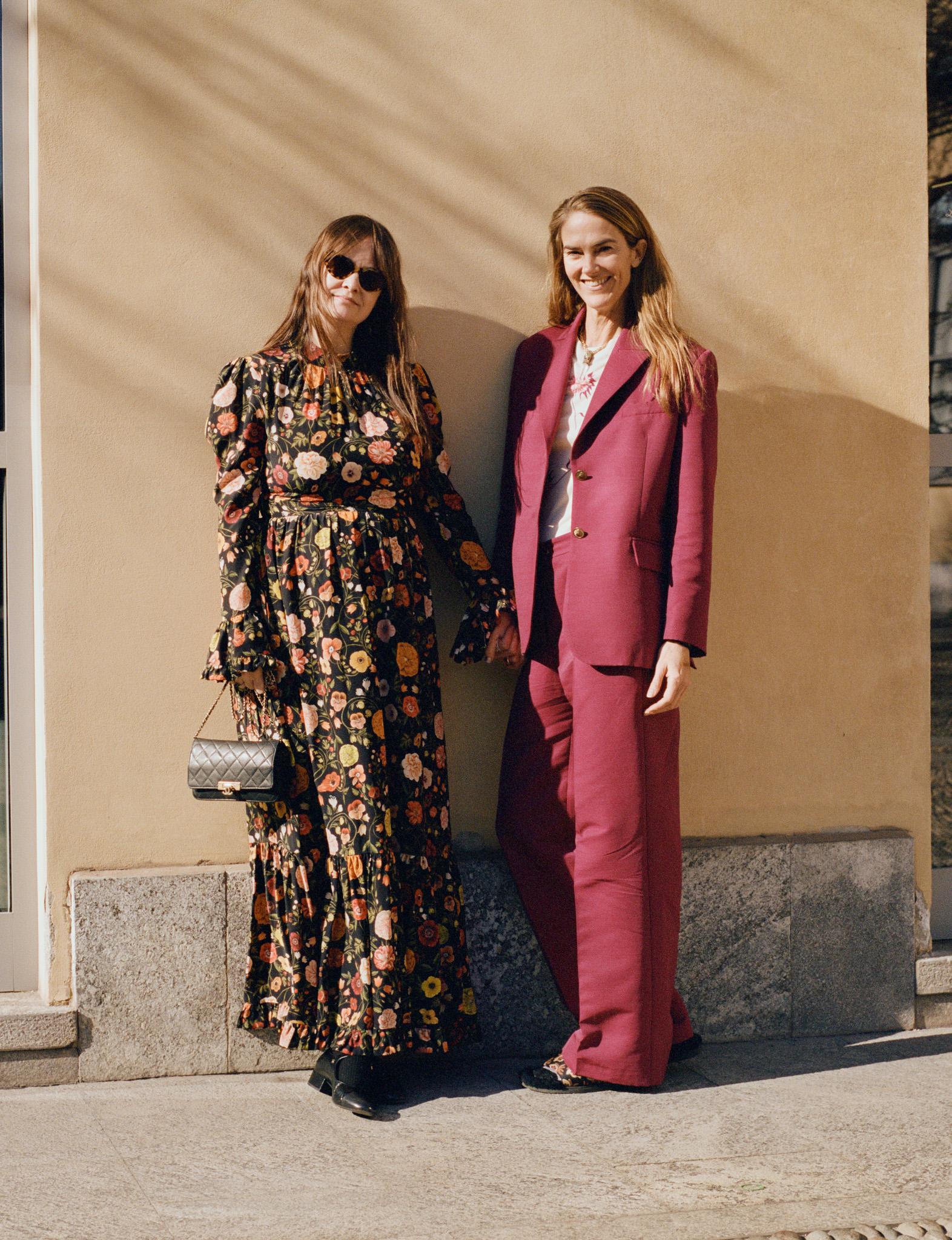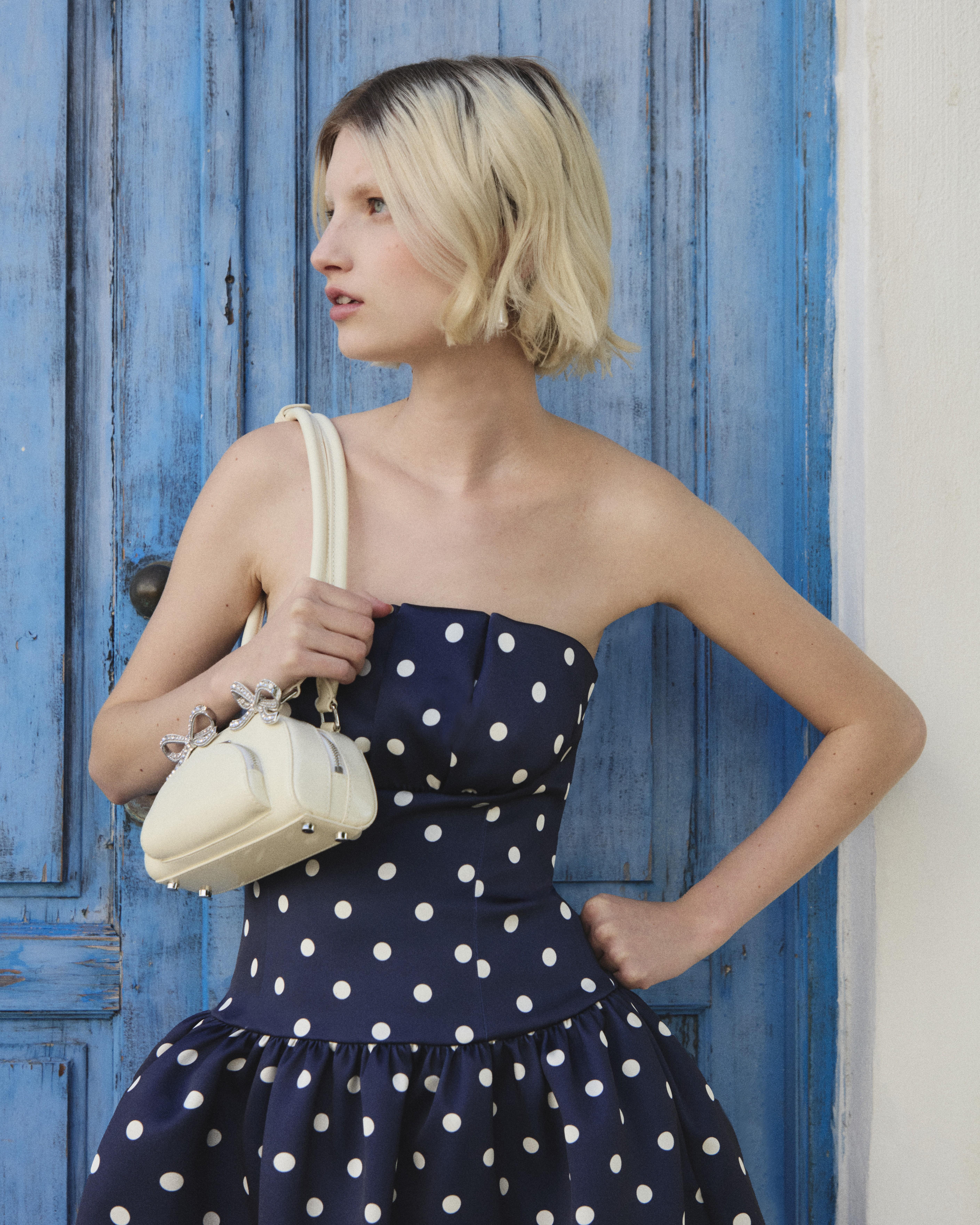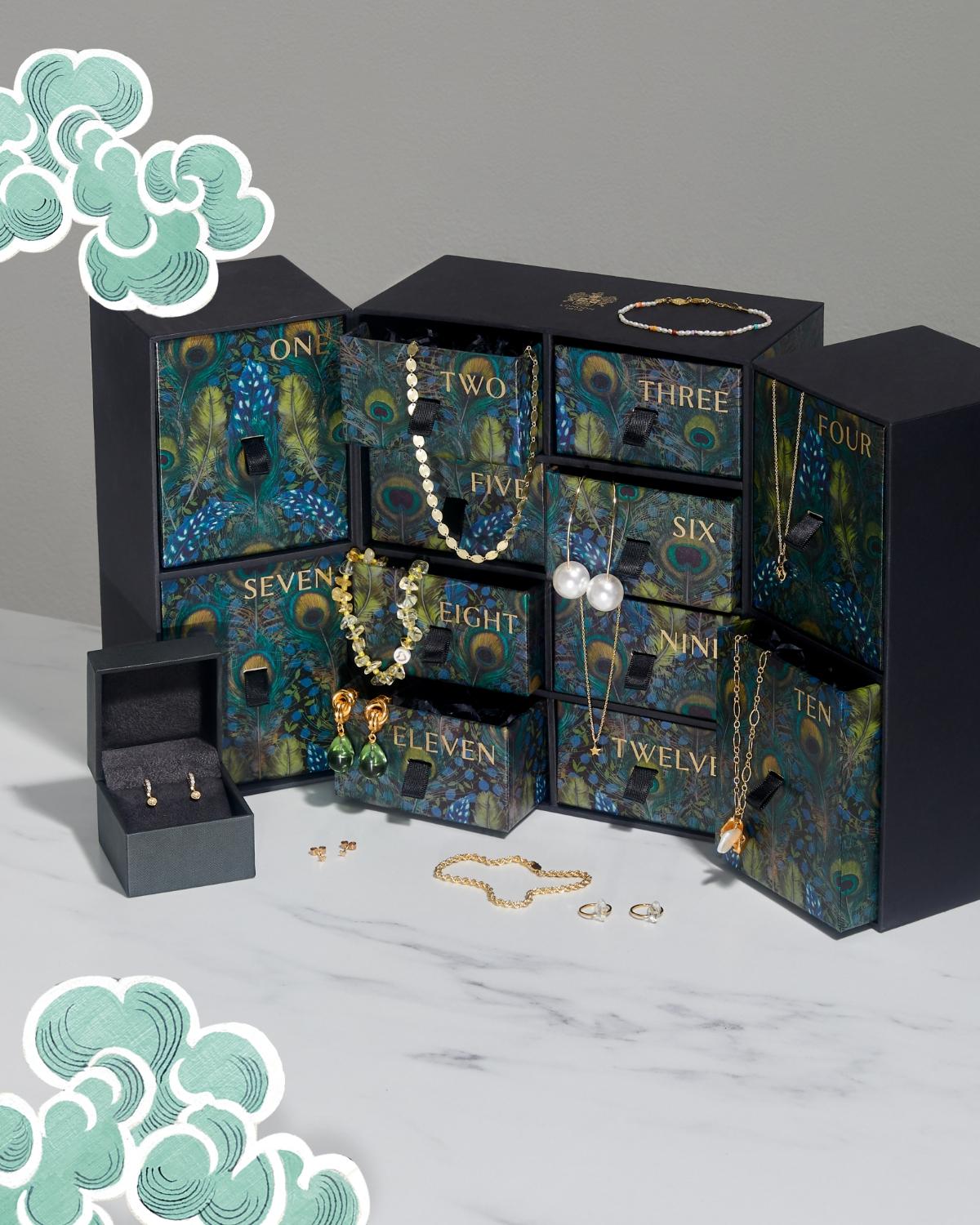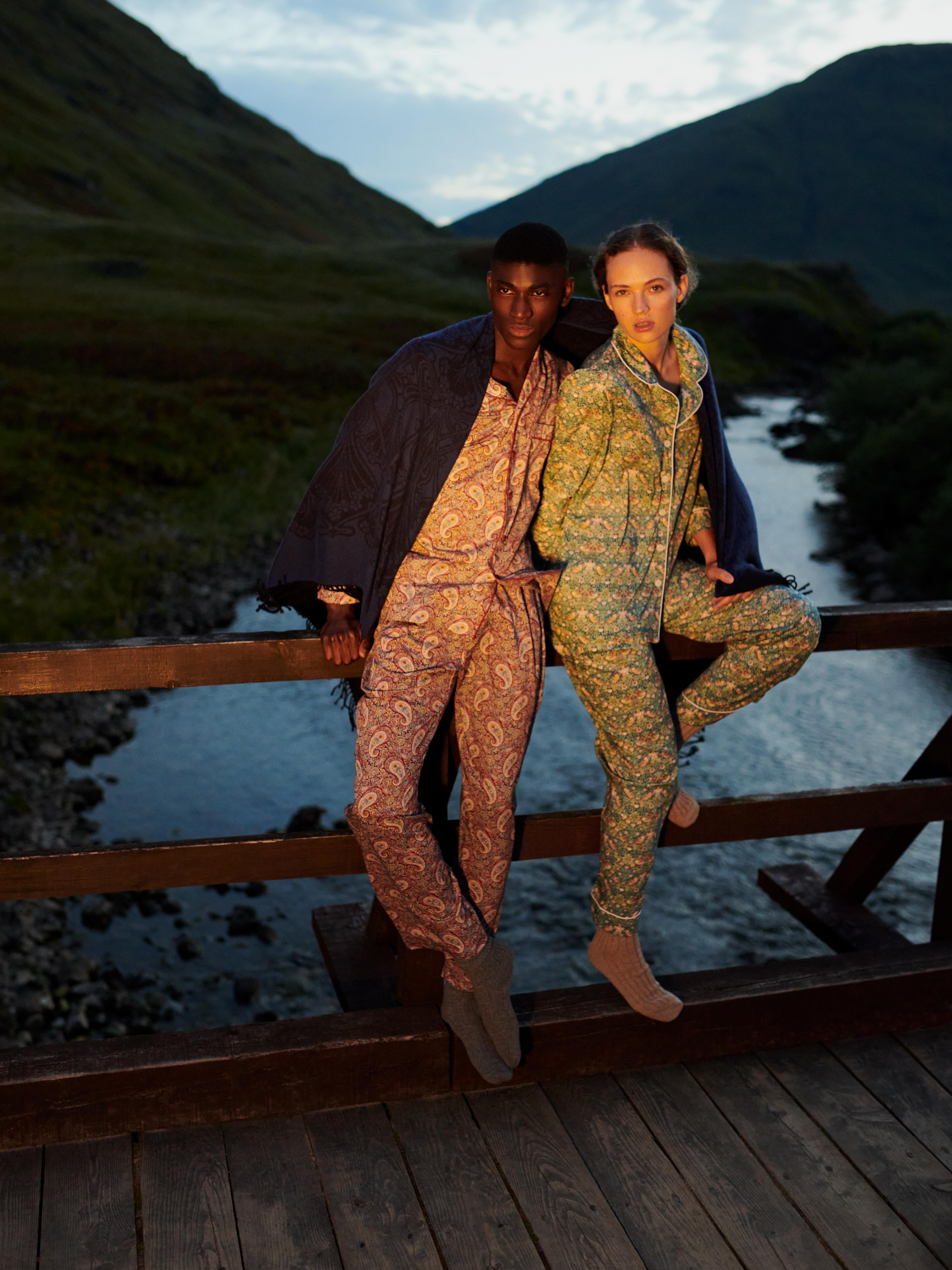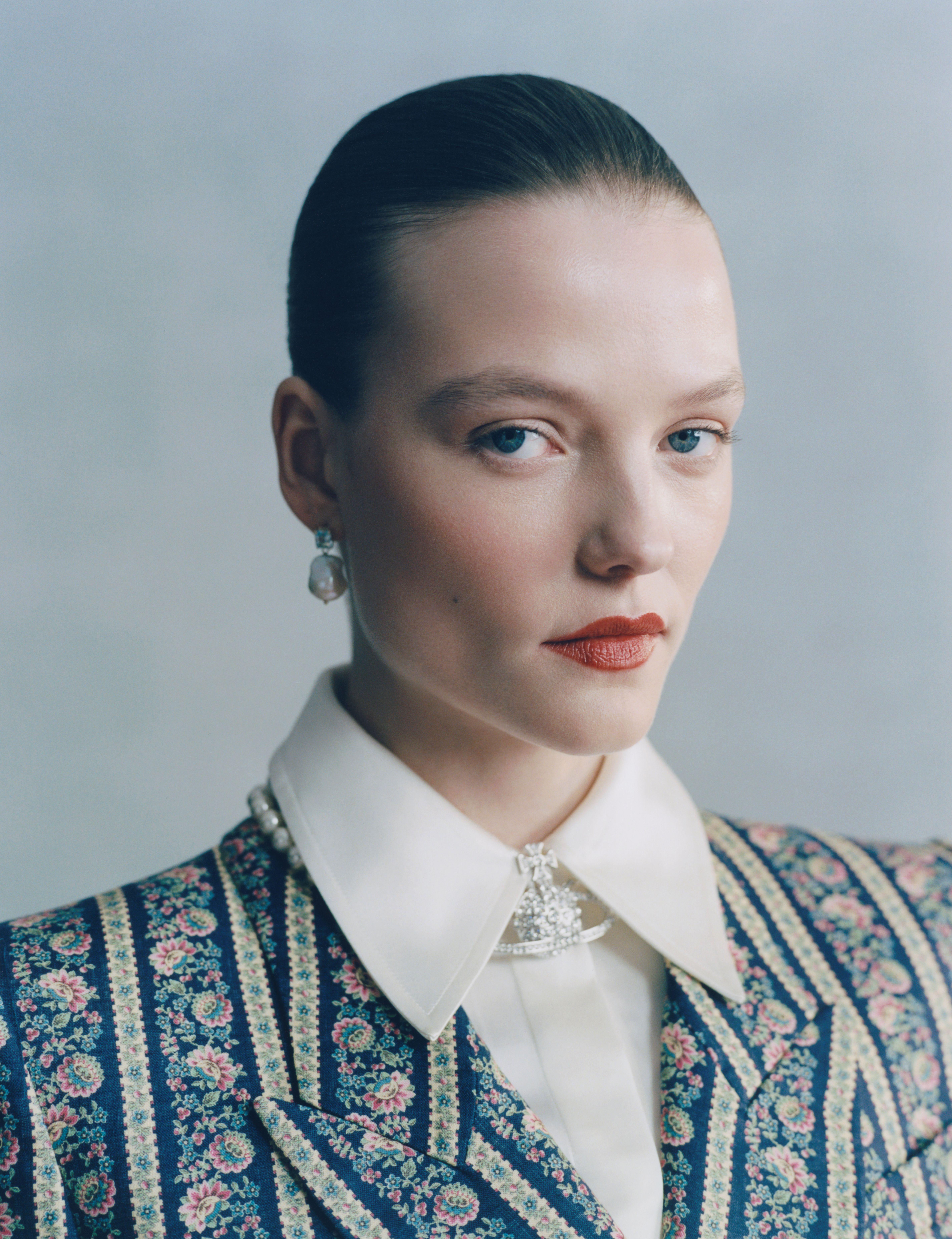
In the Darkroom with Sarah England
The manual hand printer behind Liberty’s SS25 fashion campaign talks us through her practice
Read more
In the Darkroom with Sarah England

The manual hand printer behind Liberty’s SS25 fashion campaign talks us through her practice
In an unassuming North London warehouse, tucked next to fruit sellers, smoothie vendors, tattoo parlours and artists’ studios, Sarah England is helping keep a dwindling photographic art alive.
In a space shared with three other photographers and printers, Sarah practices manual hand printing in her darkroom, meticulously developing and refining images from negatives to print, with a well-practiced and precise eye. “Analogue has a beauty to it that you just can’t replicate in digital,” she explains when Liberty visits one cold winter morning.
It’s precisely this analogue beauty that Liberty sought to capture in its latest seasonal campaign for SS25 fashion. With a photoshoot celebrating the craft, skill and artistry behind each item of clothing, manual hand printing, and the detailed craftsmanship it requires, was a natural fit. The resulting images, shot by photographer Dennis McInally and printed by Sarah in her darkroom, have a soft, ethereal feel.
The studio and darkroom are filled with 1990s photographic equipment. A gigantic printer, nicknamed Dorothy, and salvaged from the Glasgow School of Art hums in a corner, and in the pitch-black darkroom enlargers tower alongside an array of tools to manipulate each image as it develops.
To discover more about her process, Liberty sat down with Sarah to hear about technique, collaboration and the art of image making.
We’re here with you in your studio and darkroom today, can you talk us through the process of creating images by hand?
It’s all starts from analogue photography, using film. Really, hand printing is the ultimate analogue process to get to the end result. You get your negative, put it in an enlarger – we have a lot of old equipment here from the ’90s to make that happen.
How did you become interested in this type of printing?
I was always really obsessed with film, I think from my granddad giving me a film camera when I was young. I didn’t go to university straight away because I thought doing a photography degree was “crazy”, instead I ended up working in an old camera shop when I was 19. They were in the process of closing down and, suddenly, me and another 18-year-old were put in charge of the film lab and the shop selling cameras.
That’s where it all started. Eventually, I decided to go to university to study photography, but I was always interested in the darkroom and the process, and I was far more obsessed with how it all worked technically than just coming up with ideas for photoshoots. I was fascinated with colour and how you can manipulate an image during the printing process, in a way that means an image can just jump out at you.

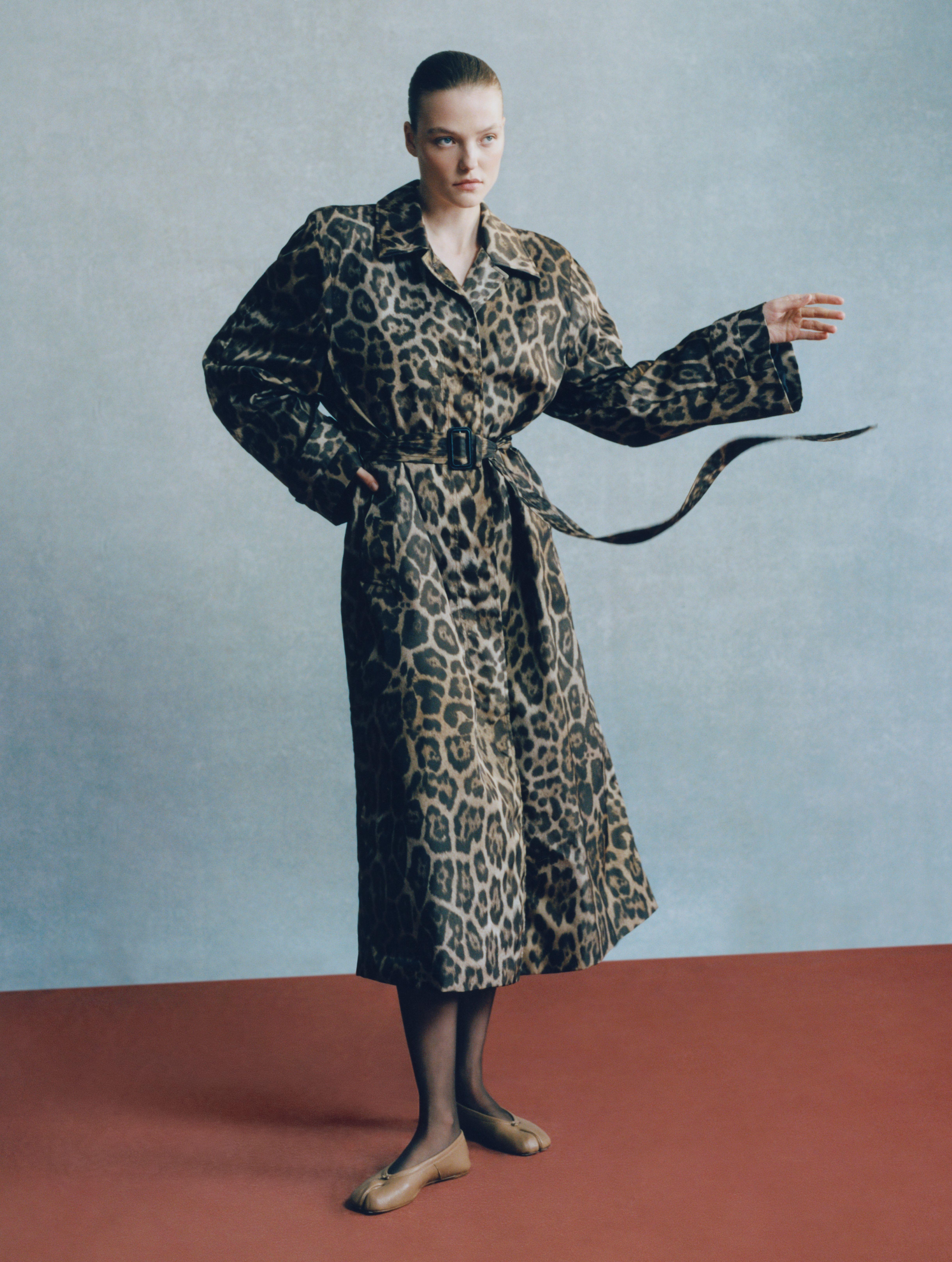
What do you think are some of the biggest differences between creating an image manually, like you do, and the digital side of things, in terms of aesthetics or feel?
Hand printing really slows the process down. Analogue has a beauty to it that you just can’t replicate in digital. It’s a full reaction of light and paper, and you can’t really compare it. Digital can almost look hyper-real in the way we’re used to seeing it now.
I think it’s really important to keep analogue printing alive, and a lot of people are passionate about that because it brings photography back to its origins.
Do you have a favourite part of the process?
I think my favourite part is working with so many interesting photographers. Everyone has different interests—whether it’s fashion, documentary, or something else. I’m a people person, and I like listening to photographers, understanding their projects, and figuring out how to bring their vision to life in a print.
It’s really about both the people and the colour. There’s something beautiful and elegant about the final prints.
Can you tell us a bit about the project with Liberty? What kind of mood did you want to create, and how did you go about achieving that?
I was excited to work for Liberty because their aesthetic is always focused on craftsmanship, and I feel that hand printing really suits Liberty’s style. It brings elegance, richness, and colour.
It was great working with Dennis [McInally, the shoot photographer] – he gave me a detailed brief on where he wanted the colours to go. It was then down to me to ensure that was met, while also making sure the print was elevated and looked as beautiful as possible.
You spoke earlier about creating a softness and an ethereal feel. How did you achieve that?
It was a mixture of techniques. First, I experimented with different types of paper to get that soft, ethereal look. I also tried some pre-flashing techniques, as well as dodging and burning, to shape the image.
Where the eye falls is very important in printing—you can shape an image with colour to ensure that the viewer’s eye is drawn to a particular place. That helps make the image really jump out of the page.
How long did the whole process take for this project? How long were you working on it?
When you’re printing, sometimes you need to ensure certain details stand out – like in a suit, for example – so that it looks good as a print. The first two prints can take a couple of hours, sometimes longer, to really establish the look and feel. After that, it’s about making sure all the prints sit together as a cohesive series.
For this project, the printing process itself took about two days.
Do you have a favourite image?
Yes, the Vivienne Westwood close-up. I love how her blue eyes stand out, how beautiful her brooch and jacket look, and the way the red lipstick pops.
Finally, what are your favourite types of projects to work on?
It’s always about the people and the photography. It’s a difficult question because different projects bring different challenges. Some prints are much harder to create than others, and that adds another layer of interest.
Sometimes, you have to think of a new way to print something to elevate the image, or you might have to break some rules to achieve the right look. That’s when it gets really exciting—when you’re under pressure and have to experiment.
Beyond that, just being surrounded by beautiful imagery is a real honour. I love what I do.

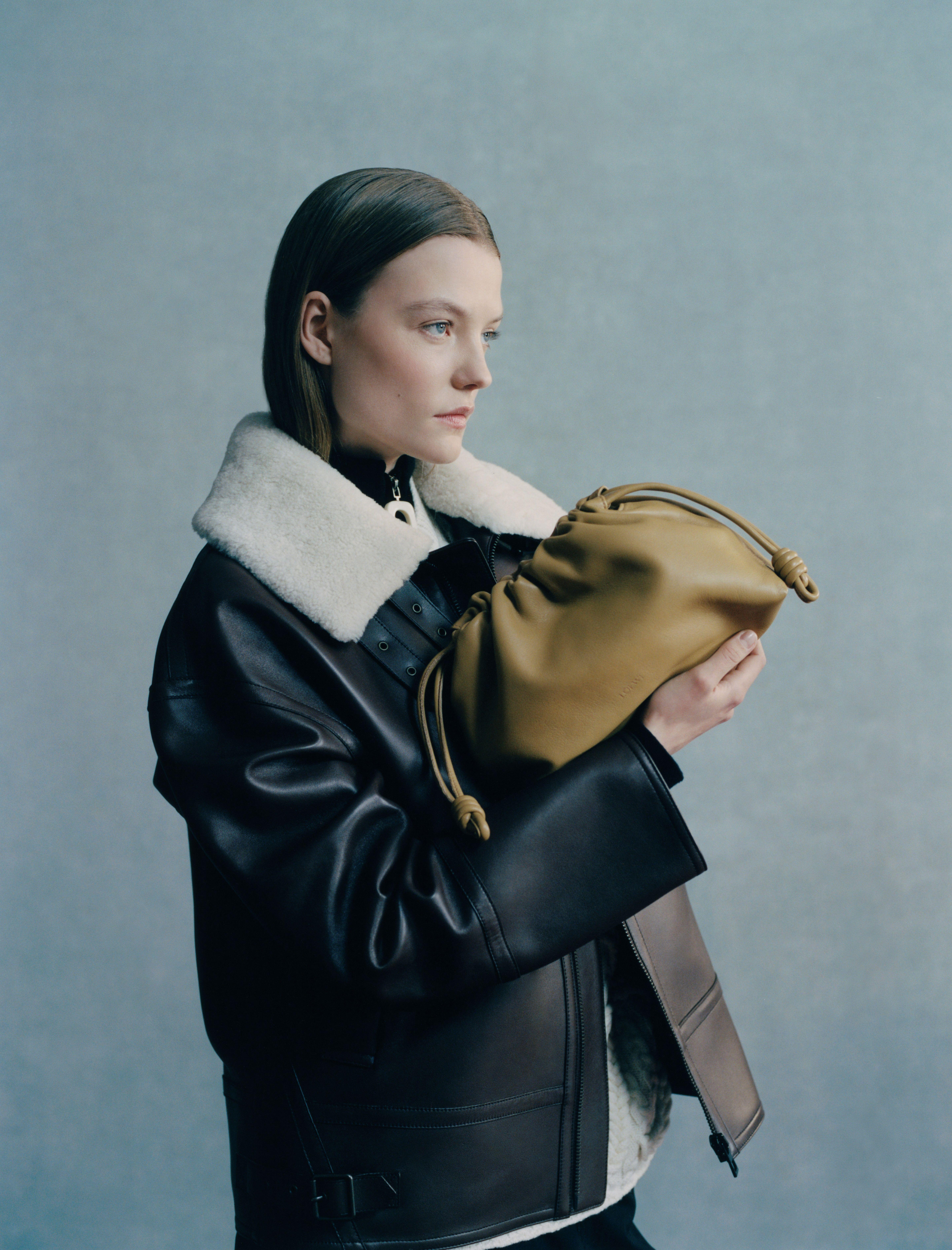
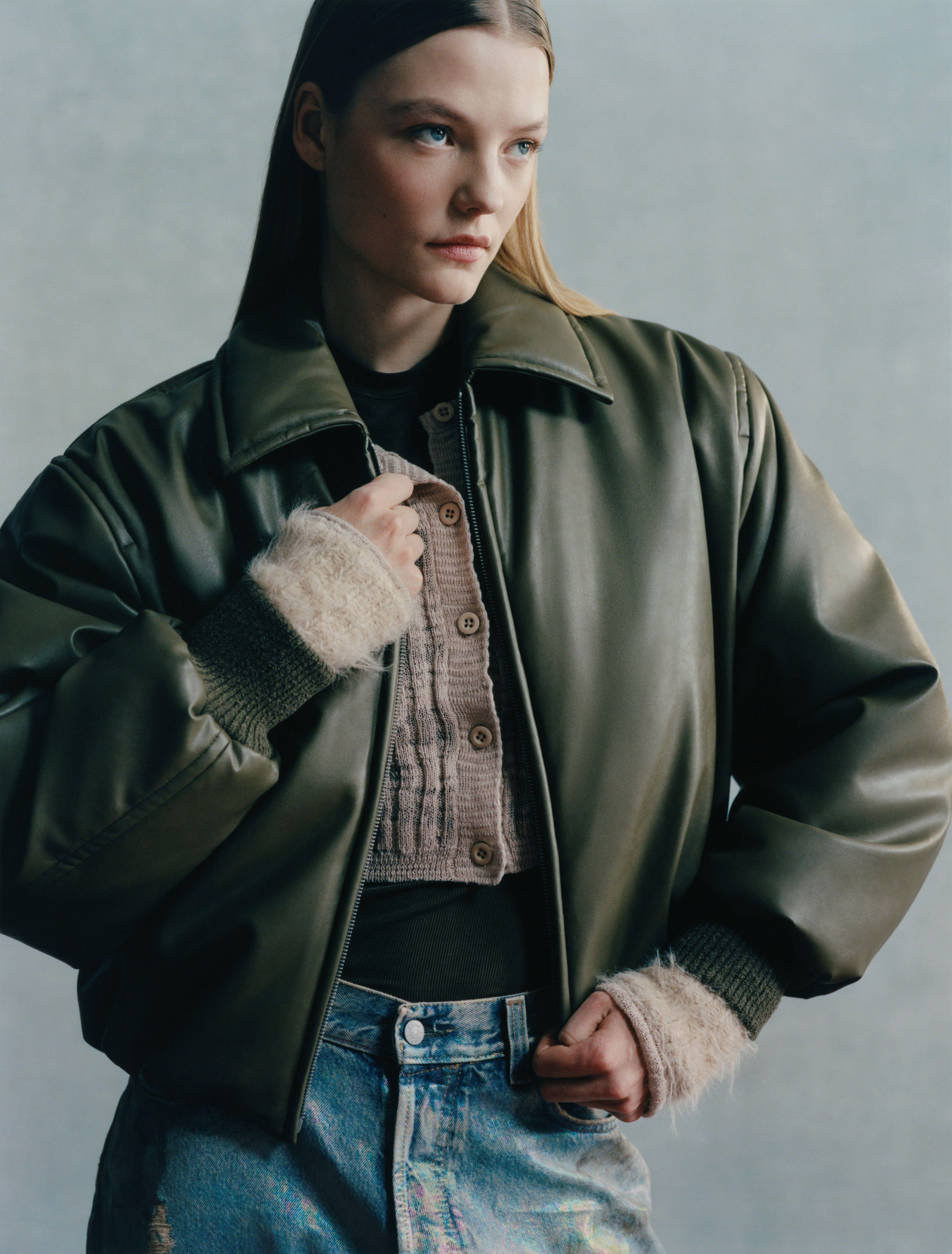
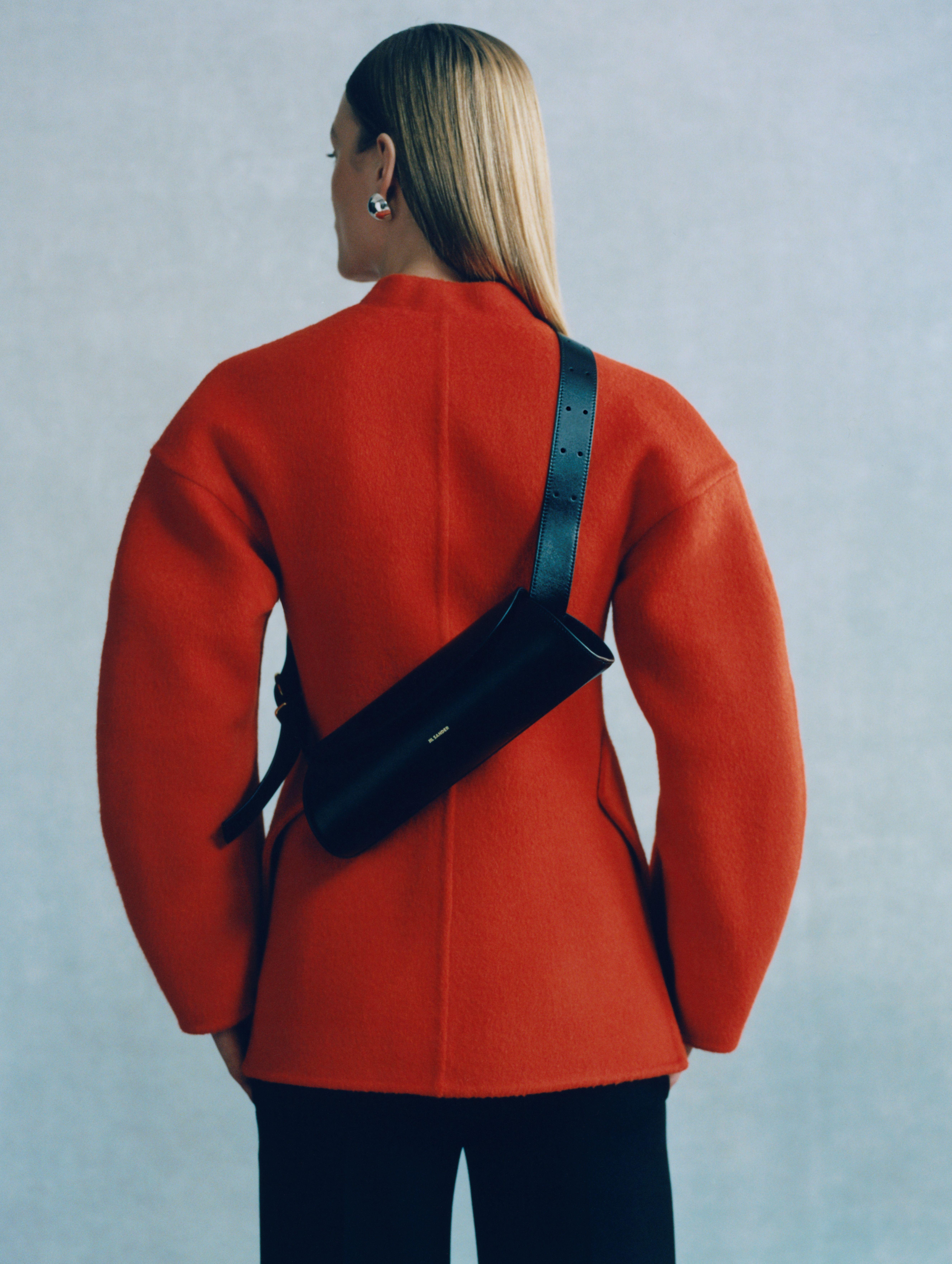

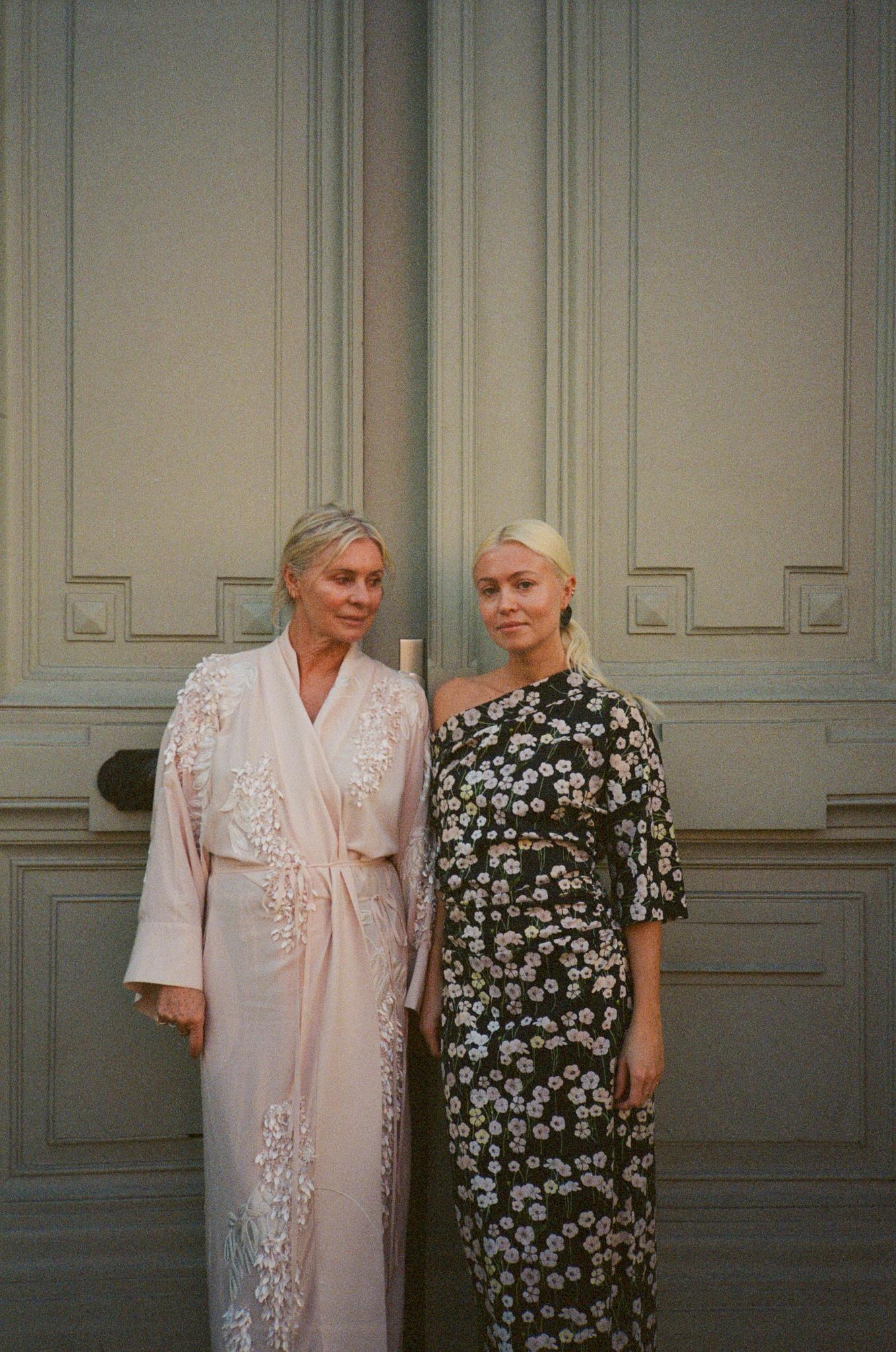
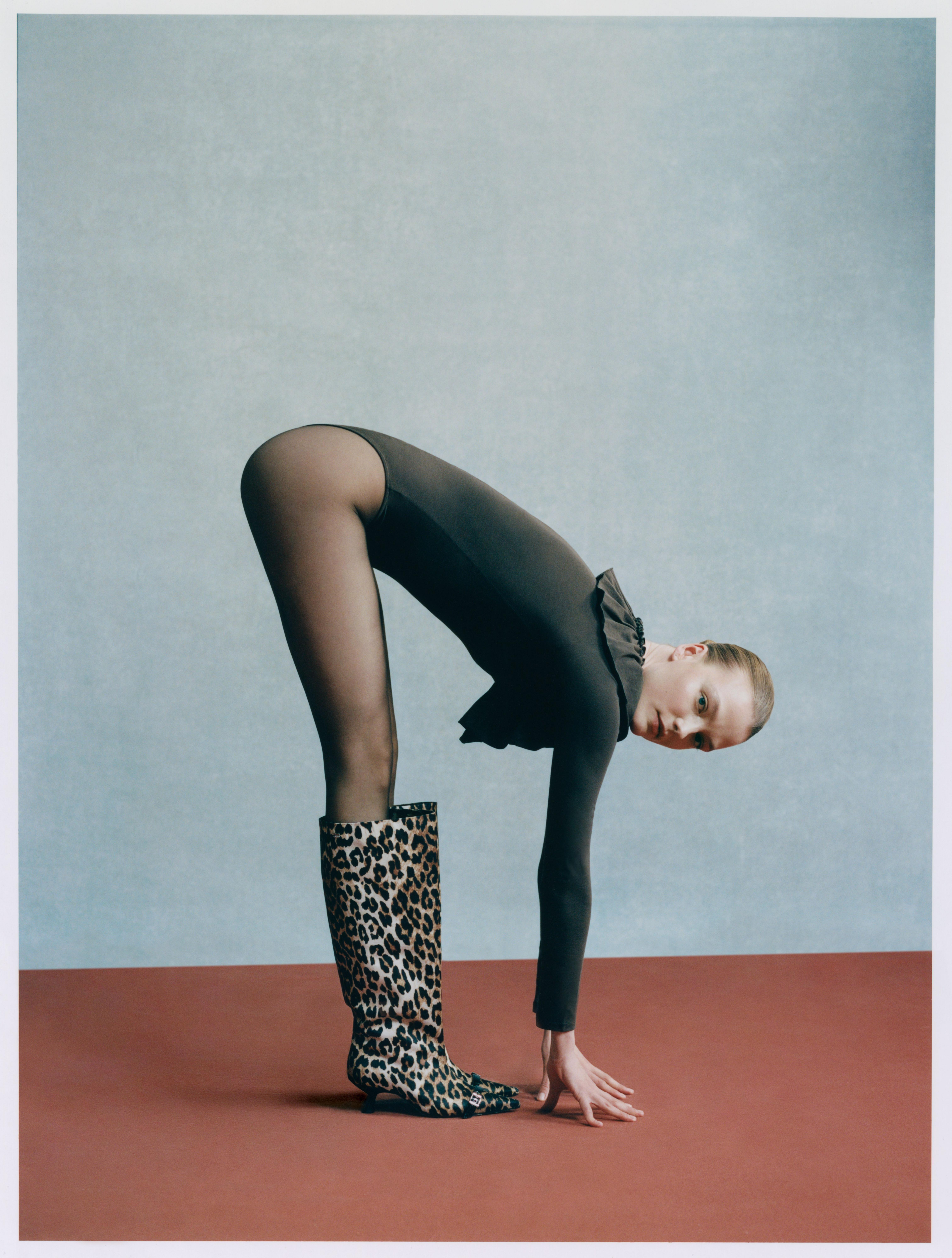
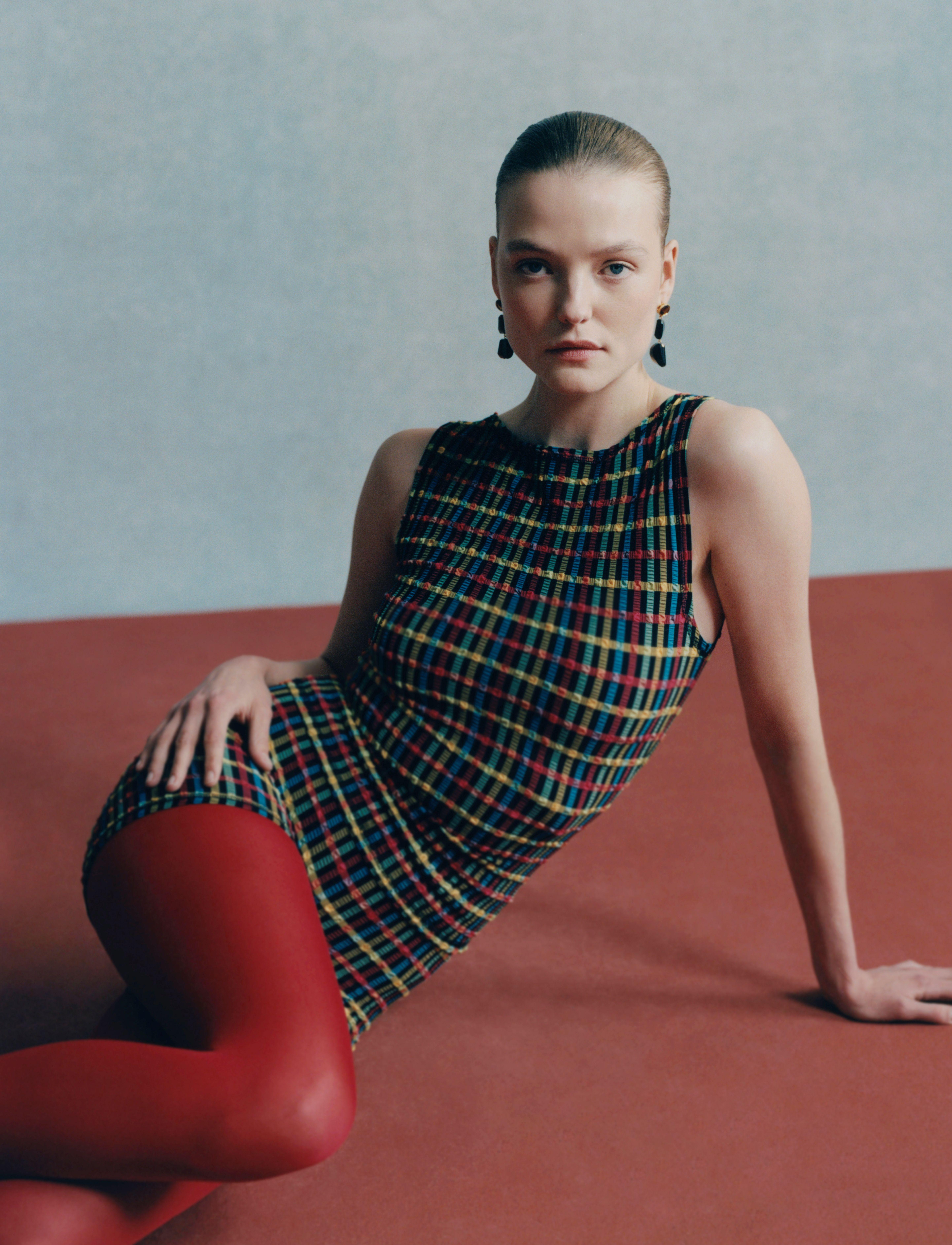
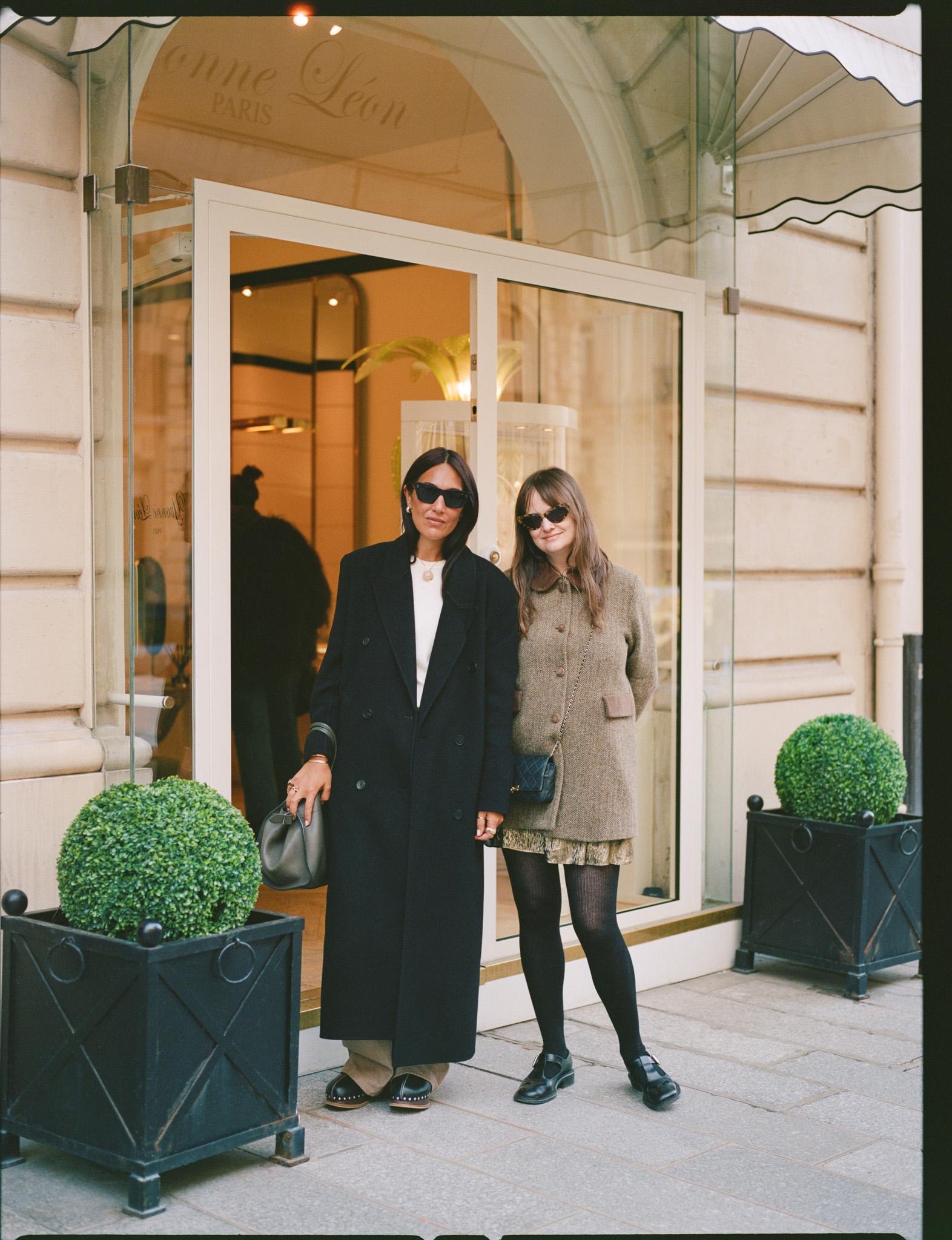
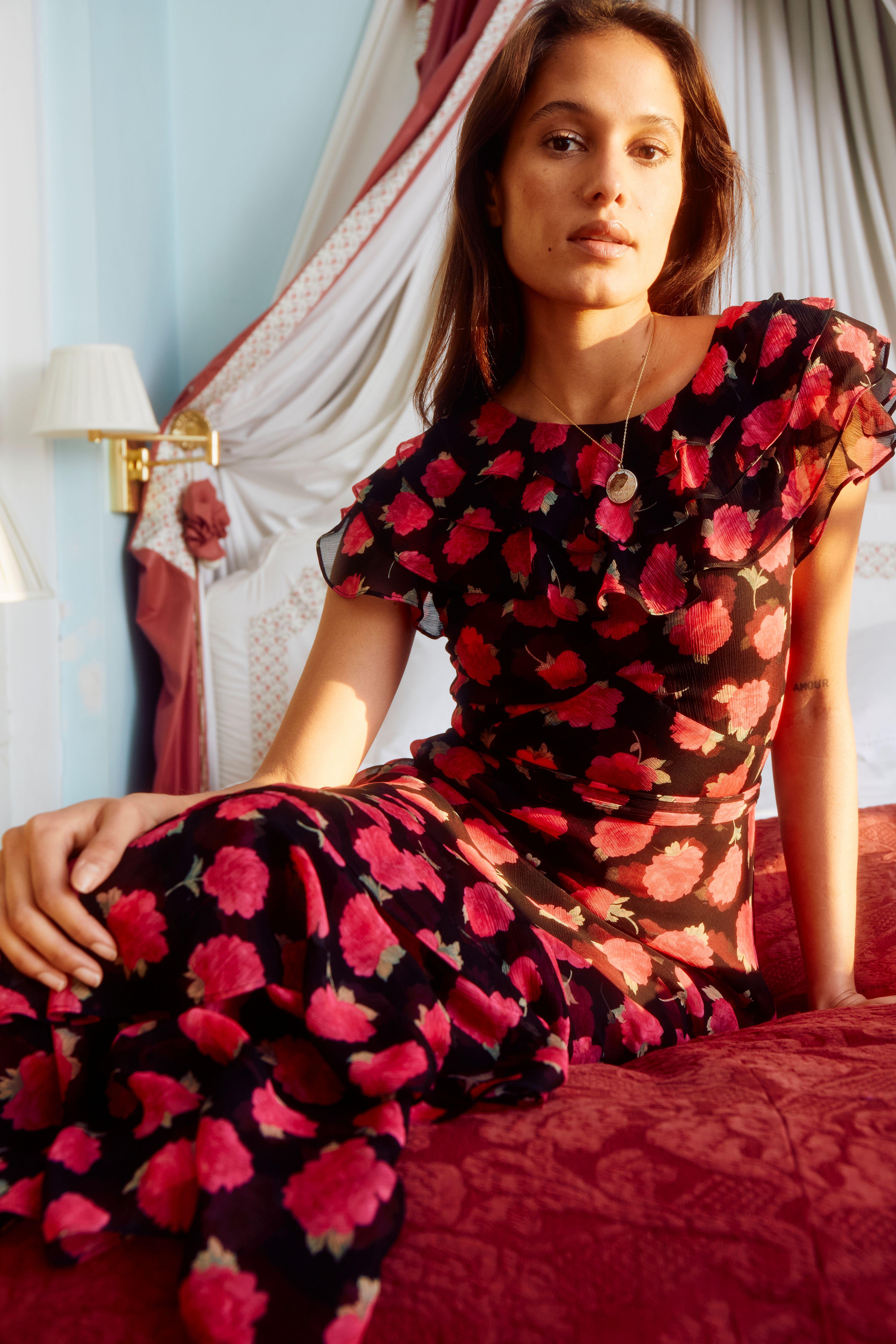

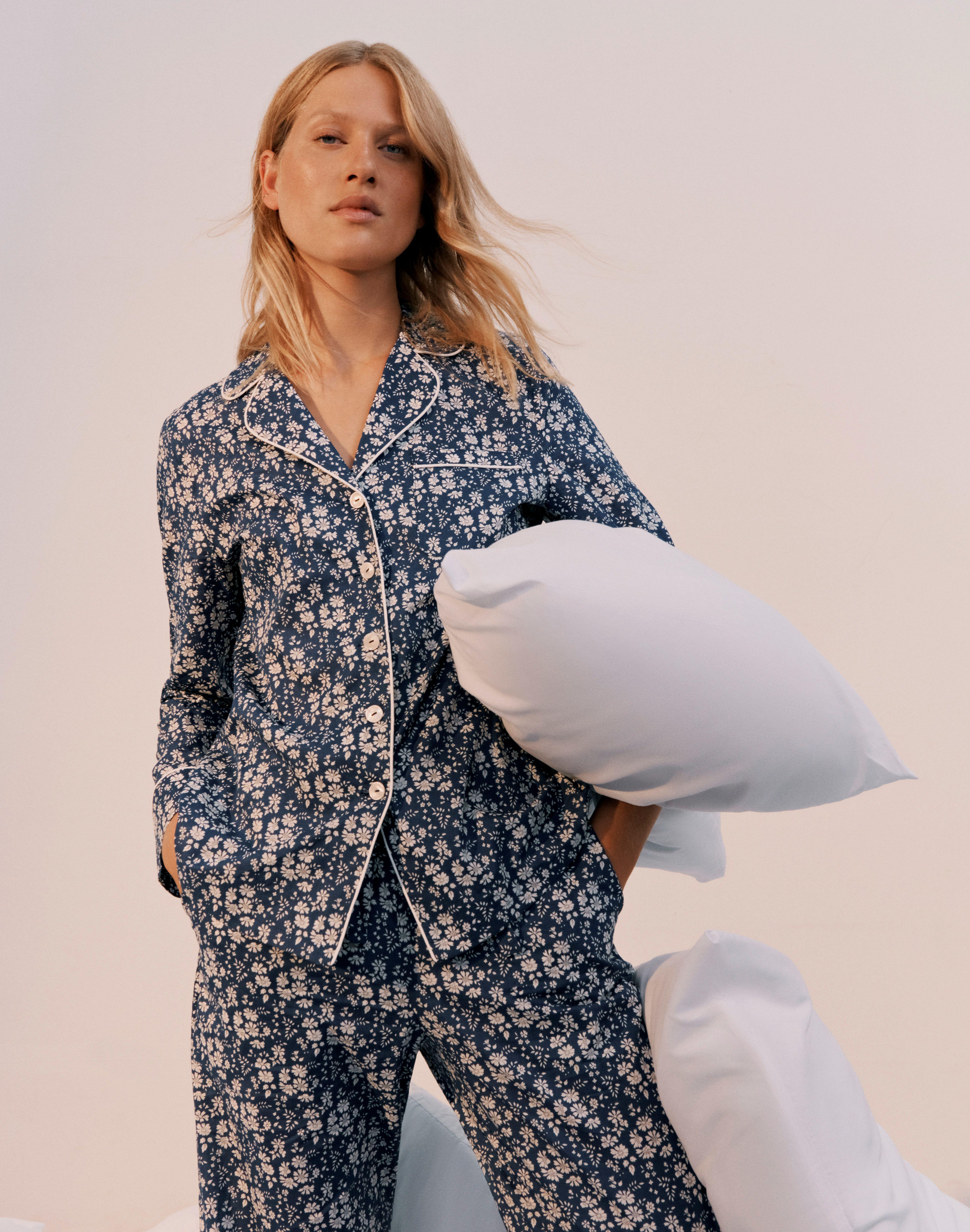

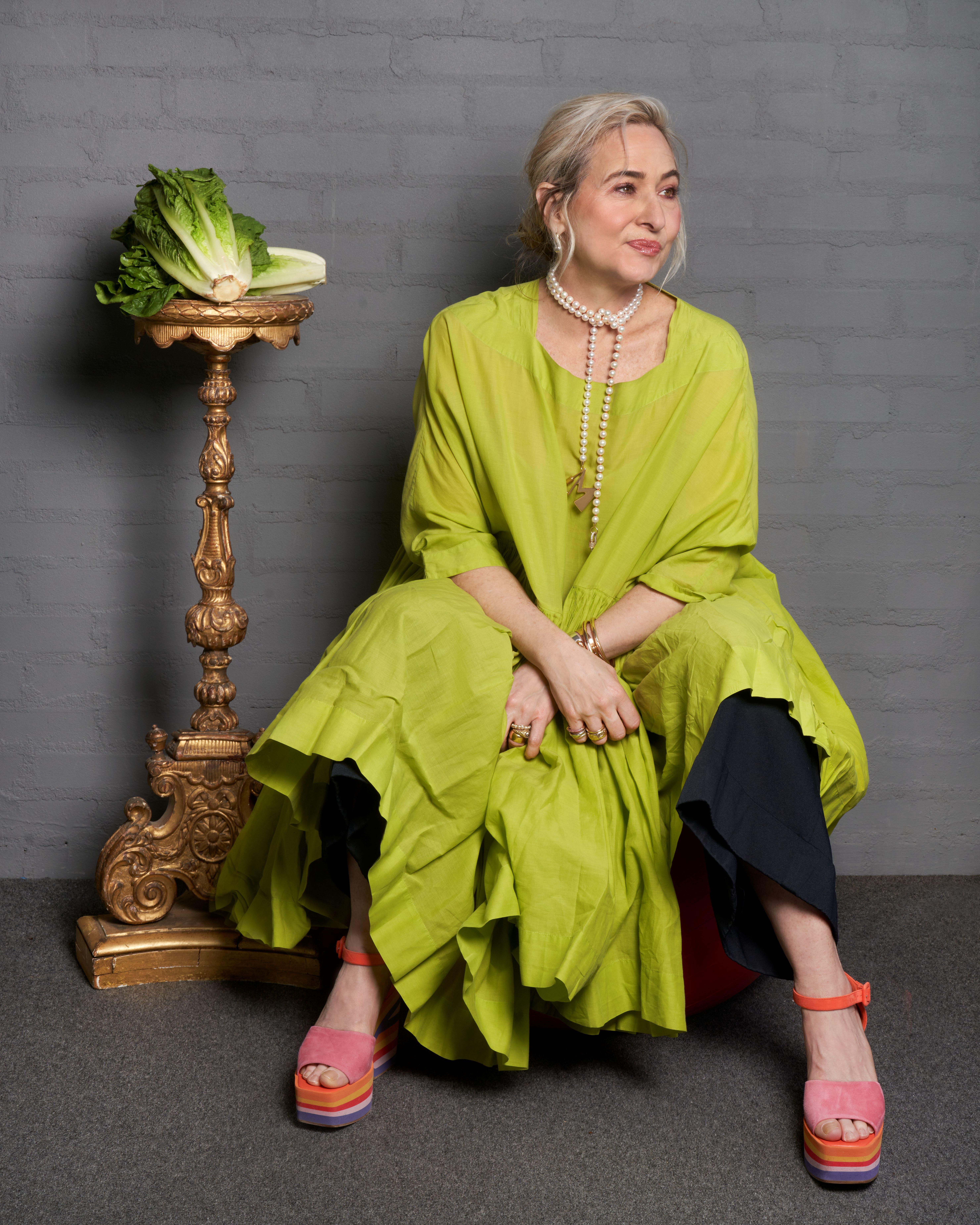
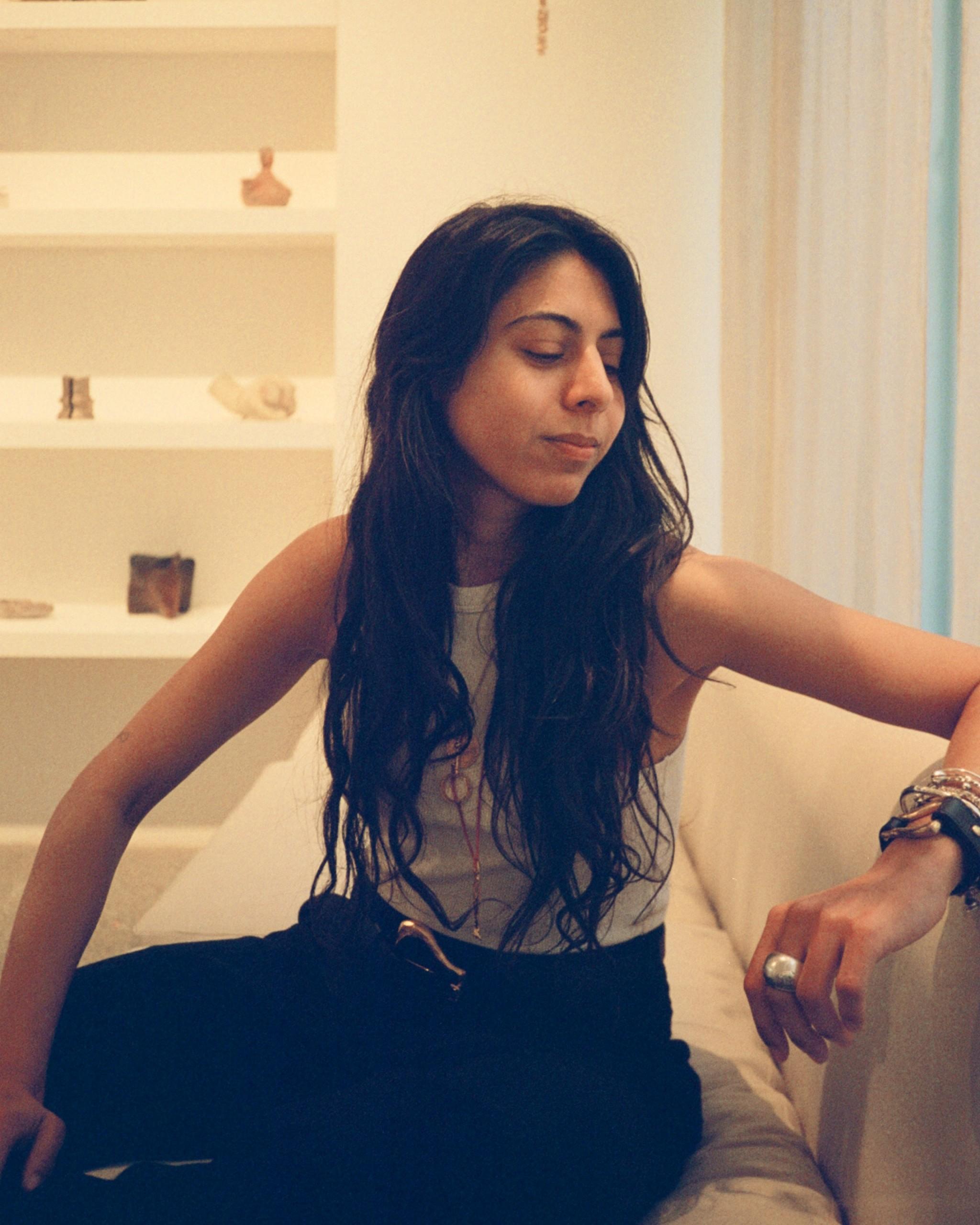
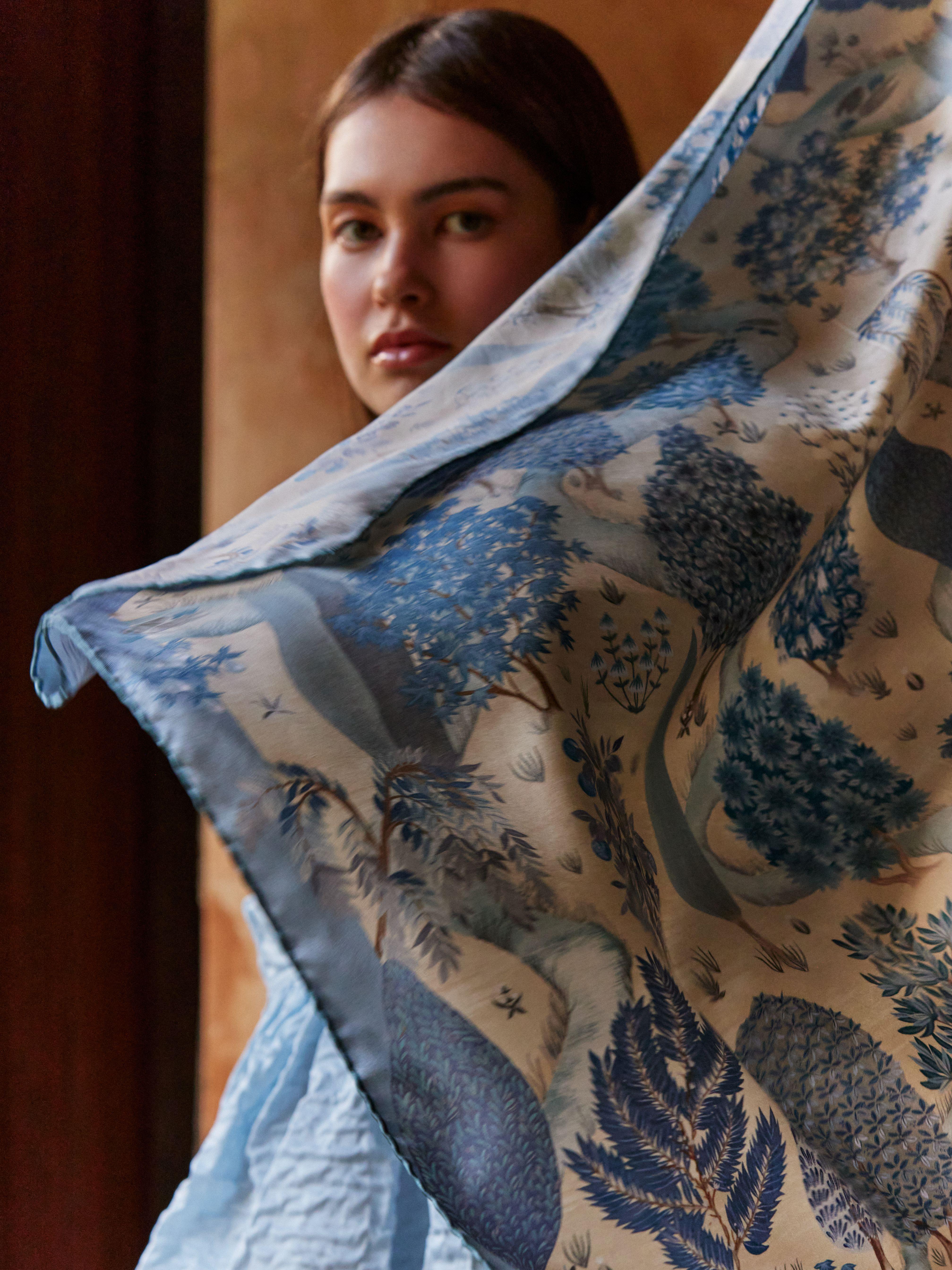
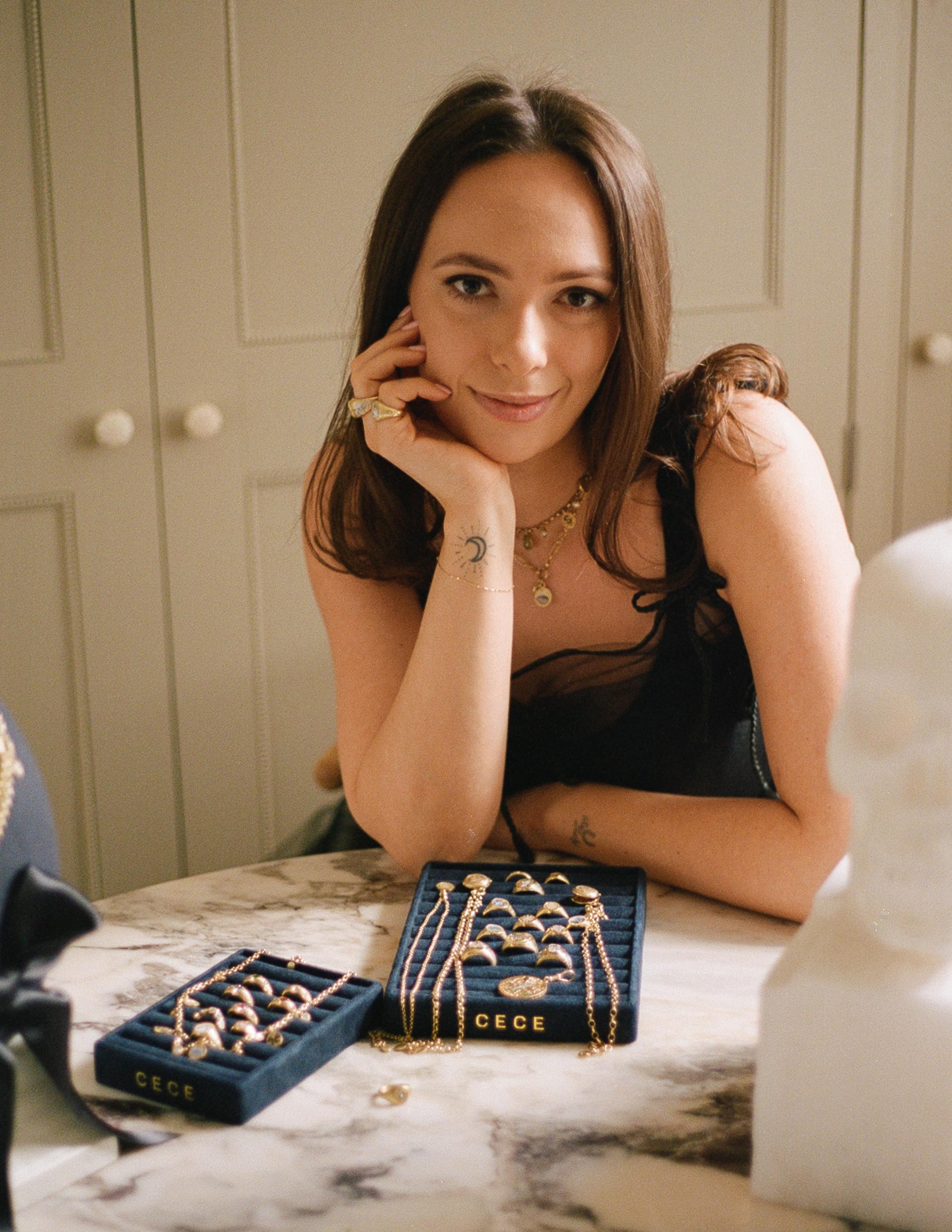
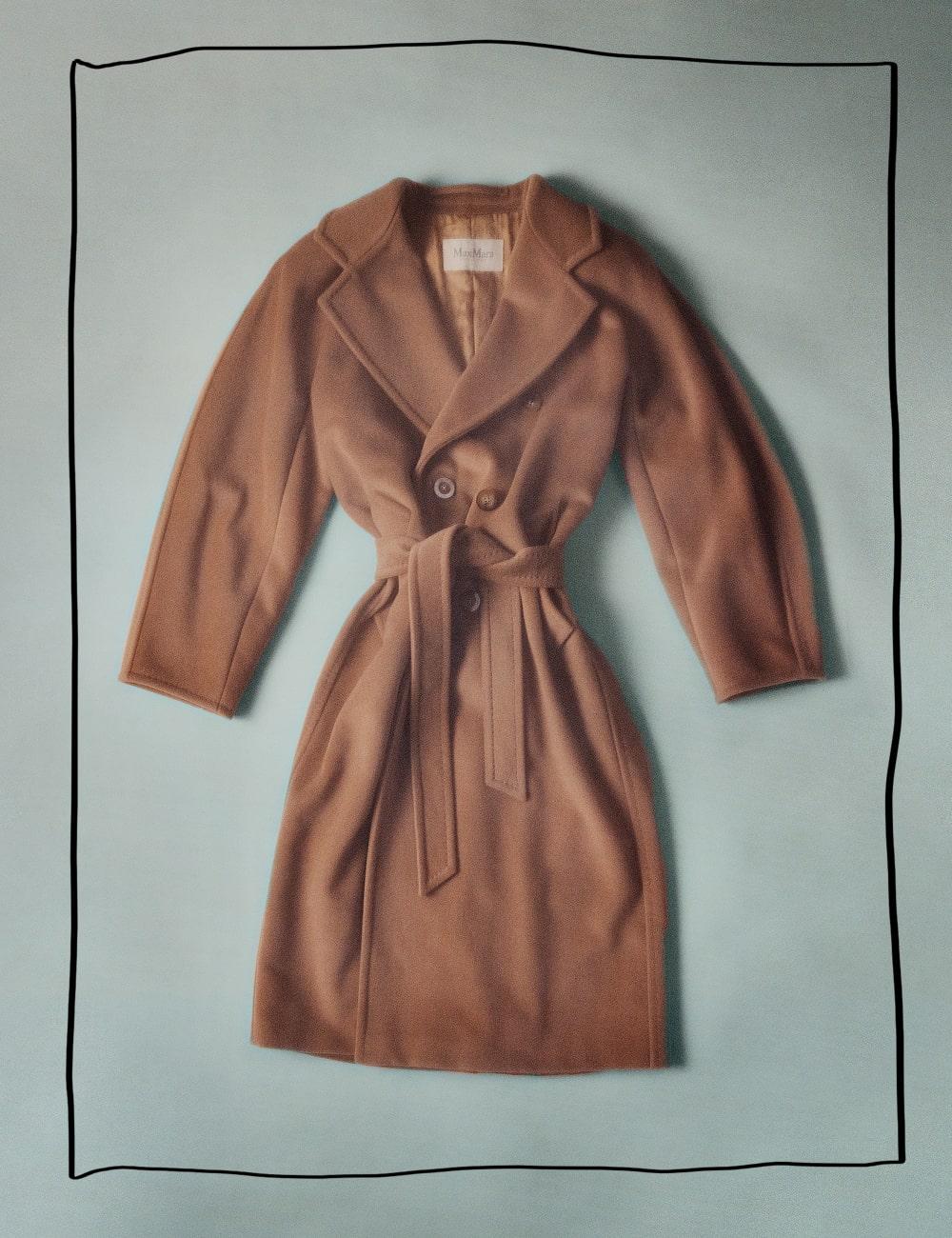
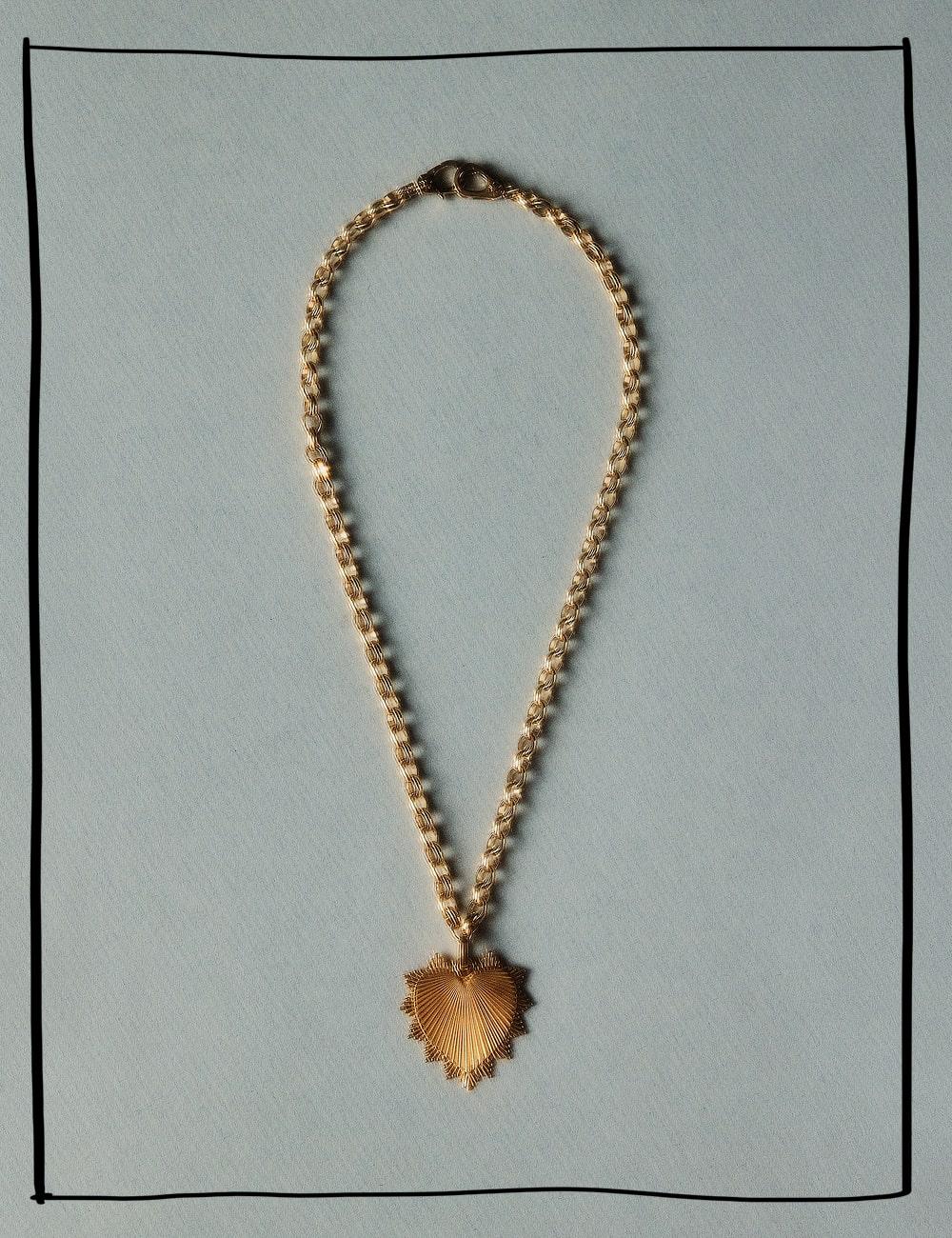
?fmt=auto&qlt=default)

